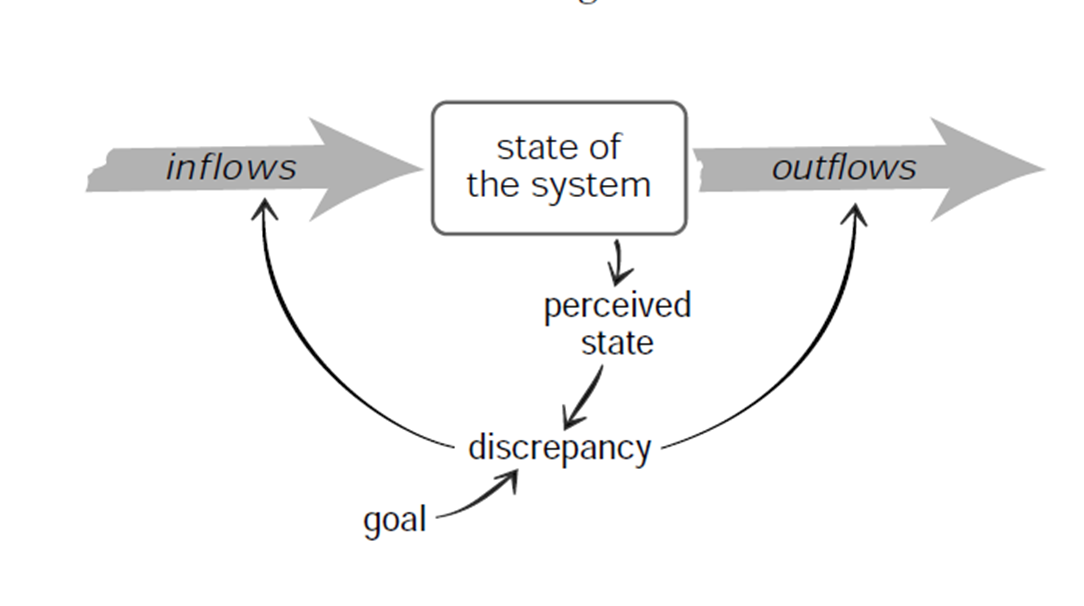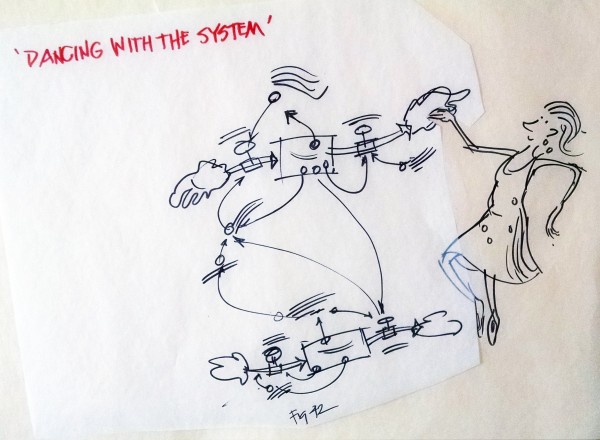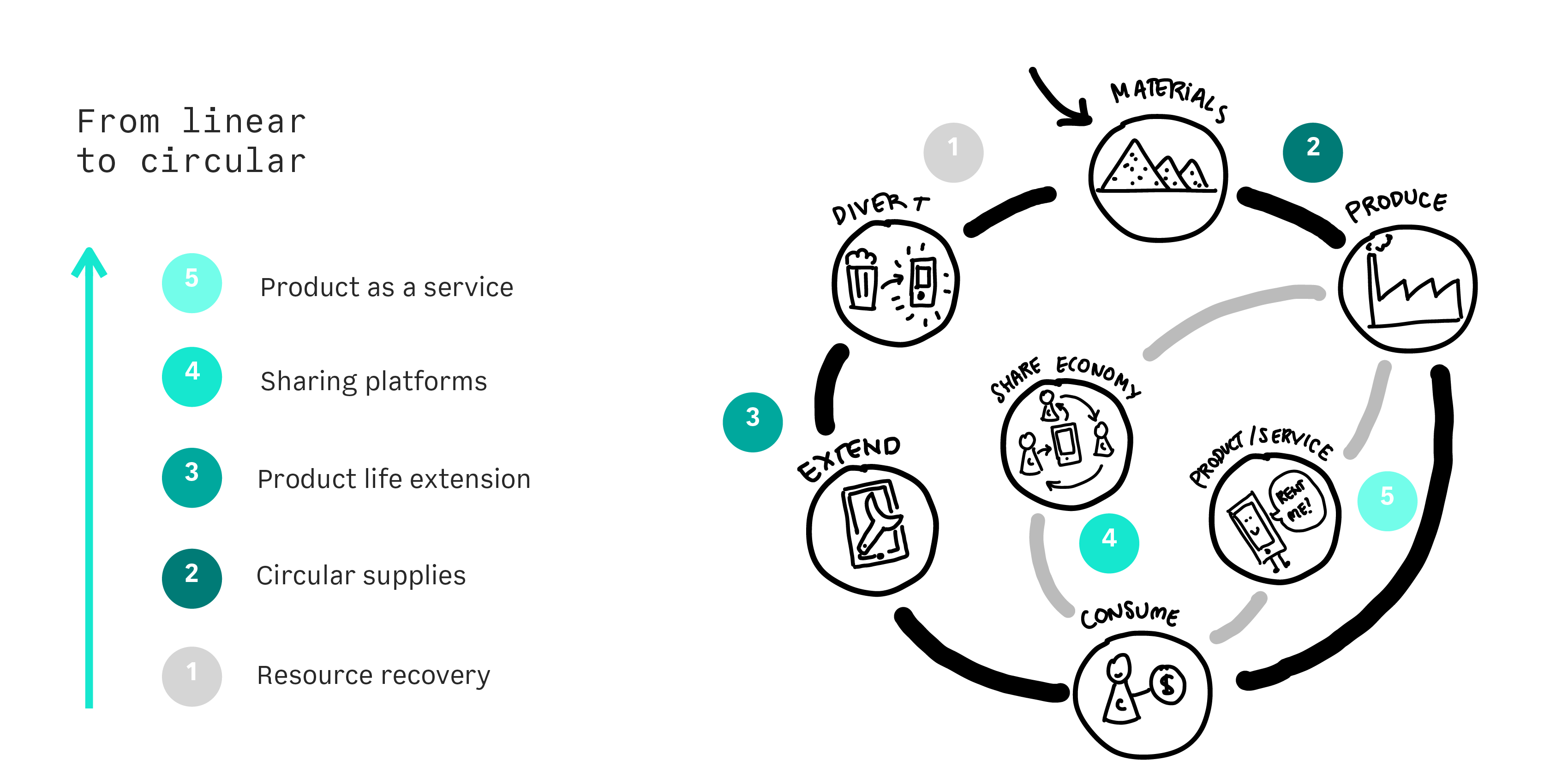

So a systems thinker must examine those interconnections and design new interconnections to change the behavior of a system as she writes, “What makes a difference is redesigning the system to improve the information, incentives, disincentives, goals, stresses, and constraints that have an effect on ”. The system’s structure overpowers the individuality of the elements. In the first chapter, she shares a key insight, which is that changing the elements of a system rarely changes the system’s behavior, as the interconnections (the feedback and incentives) will drive new elements to behave similarly in acting in accordance with the system’s purpose. By studying the structure of a system, we have a potentially powerful tool to find leverage points to change how the system operates. so this definition can cover lots of things – a system could be an organism, or organizations ranging in size from a family to a company to a country, or a population or an economy, or even the internal landscape of our minds.


Note that “parts” could be humans, cells, objects, processes, etc. … a system must consist of three kinds of things: elements, interconnections and a function or purpose.” So a system, in this definition, must contain parts that affect each other, and where those “parts together produce an effect that is different from the effect of each part on its own”. Meadows starts by defining a system as “an interconnected set of elements that is coherently organized in a way that achieves something. This is a remarkably readable introduction to systems thinking, a method to understand the inherent behavior of a system, and design appropriate interventions to change what the system is doing.


 0 kommentar(er)
0 kommentar(er)
